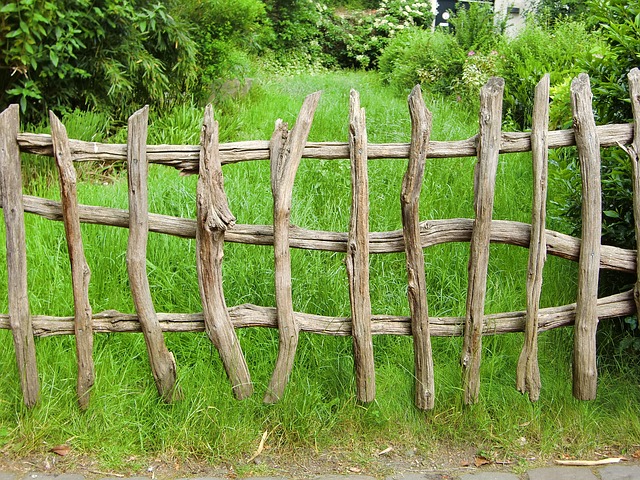Introducing Durable Wooden Fencing for Coastal Areas
Coastal environments present unique challenges for fencing materials due to relentless wind, salt air, and fluctuating moisture levels. This article delves into the importance of durable wooden fencing as a robust solution for these areas. We explore how certain wood species, treated properly, can withstand these harsh conditions. Additionally, we provide insights on installation best practices, maintenance strategies, and the long-term benefits of investing in high-quality, weather-resistant wooden fencing.
- Understanding Coastal Weather's Impact on Fencing
- Advantages of Durable Wooden Fencing Materials
- Installation Tips for Optimal Performance
- Maintenance Strategies for Longevity and Aesthetics
Understanding Coastal Weather's Impact on Fencing
Coastal areas are known for their harsh weather conditions, including strong winds, heavy rainfall, and salt mist, which can significantly impact fencing over time. Understanding these environmental factors is crucial when choosing fencing materials for coastal properties. Wooden fences, in particular, require careful consideration as they can be susceptible to rot, warping, and insect infestation due to prolonged exposure to moisture and salt.
The unique challenges posed by coastal weather call for durable and resilient fencing solutions. Traditional wooden fences may not withstand the relentless battering of waves, storm surges, and salty air. As such, homeowners and contractors should opt for treatments and materials designed to enhance wood’s natural resistance. These include pressure-treated lumber, specialized preservatives, and finishes that protect against moisture and salt corrosion, ensuring longer fence lifespans and maintaining their structural integrity.
Advantages of Durable Wooden Fencing Materials
Durable wooden fencing materials offer an appealing and functional solution for coastal areas, where traditional fences often face challenges from harsh weather conditions and salt air. One of the primary advantages is their longevity; properly treated wood can withstand the elements for several years, providing a long-term barrier that requires minimal maintenance. This durability not only saves homeowners and businesses time and money but also reduces the environmental impact by minimizing frequent replacements.
Additionally, wooden fences enhance the aesthetic appeal of coastal properties. With various wood species and finishing options available, these fences can be tailored to match any architectural style or landscape design. Their natural beauty and warm tones complement the oceanfront surroundings, creating a harmonious outdoor space. Furthermore, wooden fencing provides privacy and security while allowing light and air to circulate, ensuring residents enjoy their coastal homes without sacrificing ventilation.
Installation Tips for Optimal Performance
When installing durable wooden fencing in coastal areas, proper preparation and techniques are key to ensuring optimal performance. One crucial step is to treat the wood prior to installation to protect it from moisture and salt air, which can cause rot and deterioration. Use pressure-treated lumber specifically designed for outdoor use, and consider applying a protective coating or sealant to further enhance durability.
During installation, ensure proper drainage by slightly sloping the ground away from the fence. This helps prevent water accumulation around the base of the posts, reducing the risk of rot. Use high-quality concrete for setting the posts, and allow adequate time for curing. Regular inspection and maintenance, including re-tightening hardware and repainting or resealing as needed, will contribute to the long-term integrity and aesthetic appeal of your coastal fencing.
Maintenance Strategies for Longevity and Aesthetics
To maintain durable wooden fencing in coastal areas, regular cleaning and inspection are key. Saltwater and moisture can accelerate wood decay, so a bi-annual wash with a mild detergent and water is recommended to remove salt buildup and any visible debris. This simple step goes a long way in preserving the fence’s integrity.
Additionally, applying a fresh coat of waterproof sealant every one to two years helps protect the wood from harsh weather conditions. Using a brush or sprayer, evenly distribute the sealant over the entire surface, ensuring even coverage. Regular maintenance not only extends the life of your wooden fencing but also retains its aesthetic appeal, allowing it to withstand coastal elements while remaining a beautiful addition to your property.
